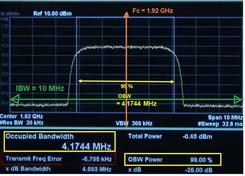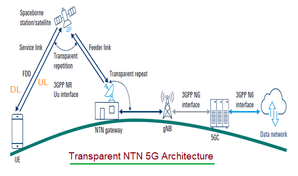
Difference between CAN Controller vs CAN Transceiver
Compare CAN controller and CAN transceiver and explore difference between them with respect to functions, roles and why both are vital for CAN bus communication in vehicles or embedded systems.
Showing 25 posts (Page 36 of 139)
Advertisement

Compare CAN controller and CAN transceiver and explore difference between them with respect to functions, roles and why both are vital for CAN bus communication in vehicles or embedded systems.

Compare CAN Transceiver and LIN transceiver and explore difference between them with respect to functions, roles and why both are vital for automotive communication in vehicles or embedded systems.

This page compares CB vs CE vs CC transistor configurations and mention difference between CB,CE,CC transistor modes.
Compare traditional cellular networks with emerging cell free architectures. Learn differences between them including how cell free systems improve coverage, capacity and reliability in 5G and 6G.

What is cs and ps in telecom - Understand key differences between Circuit switching and packet switching with examples used for voice and data communication.

Compare ADC types and explore difference between counter, flash, SAR and dual slope type including block diagrams, advantages and disadvantages of each.

This page on DC Load Line vs AC Load Line describes basic difference between DC Load Line and AC Load Line.

Compare DDR1 vs DDR2 vs DDR3 vs DDR4 and explore difference between DDR1 DDR2 DDR3 DDR4 SDRAM memory types.
Compare Doppler Shift vs Doppler Rate terms used in 5G NTN and explore difference between them.

Compare encoder vs decoder and explore difference between encoder and decoder used in digital electronics domain.
Compare gNB vs NTN gNB vs sNB terms used in 5G NTN network and explore difference between them.
Compare guided Vs unguided media and explore difference between guided and unguided media in data transmission including examples and applications.
Compare Handheld UE vs VSAT terms used in 5G NTN and explore difference between them.
Compare Hard vs Soft Feeder Link Switch terms used in 5G NTN and explore difference between them.

Compare HTTP over TCP vs QUIC (Quick UDP Internet Connections) and explore difference between TCP and QUIC protocols and their advantages & disadvantages.Touch upon features of Multipath QUIC protocol under development.

Compare IBW vs OBW and explore difference between IBW (Instantaneous Bandwidth) and OBW (Occupied Bandwidth), how they are measured and why they matter in wireless systems and spectrum planning.
Compare IEEE 802.3bg vs 802.3bw vs 802.3bp and explore key difference between them in terms of speeds, media types, automotive vs fiber use, advantages and deployment scenarios.

Learn the meaning of IP65, IP67, and IP68 ratings. Understand the differences in dust and water protection levels for your electronic devices.

Learn interference types like ISI, co-channel, and adjacent channel interference and explore differences between them. Umderstand their causes, effects, and mitigation techniques for improved communication systems.
Compare LC3 vs SBC used in Bluetooth LE (BLE) and explore difference between them.
Compare LDPC and polar coding techniques used in 5G and explore difference between them.

This page compares microphone vs loudspeaker and describes difference between microphone and loudspeaker or speaker.
Compare Moving Beams vs Earth Fixed Beams terms used in 5G NTN and explore difference between them.

Compare NTN gateway vs Satellite Access Node (SAN) terms used in 5G NTN network and explore difference between them.

Compare Power Divider vs Power Splitter and explore difference between power divider and splitter passive RF components.
Advertisement